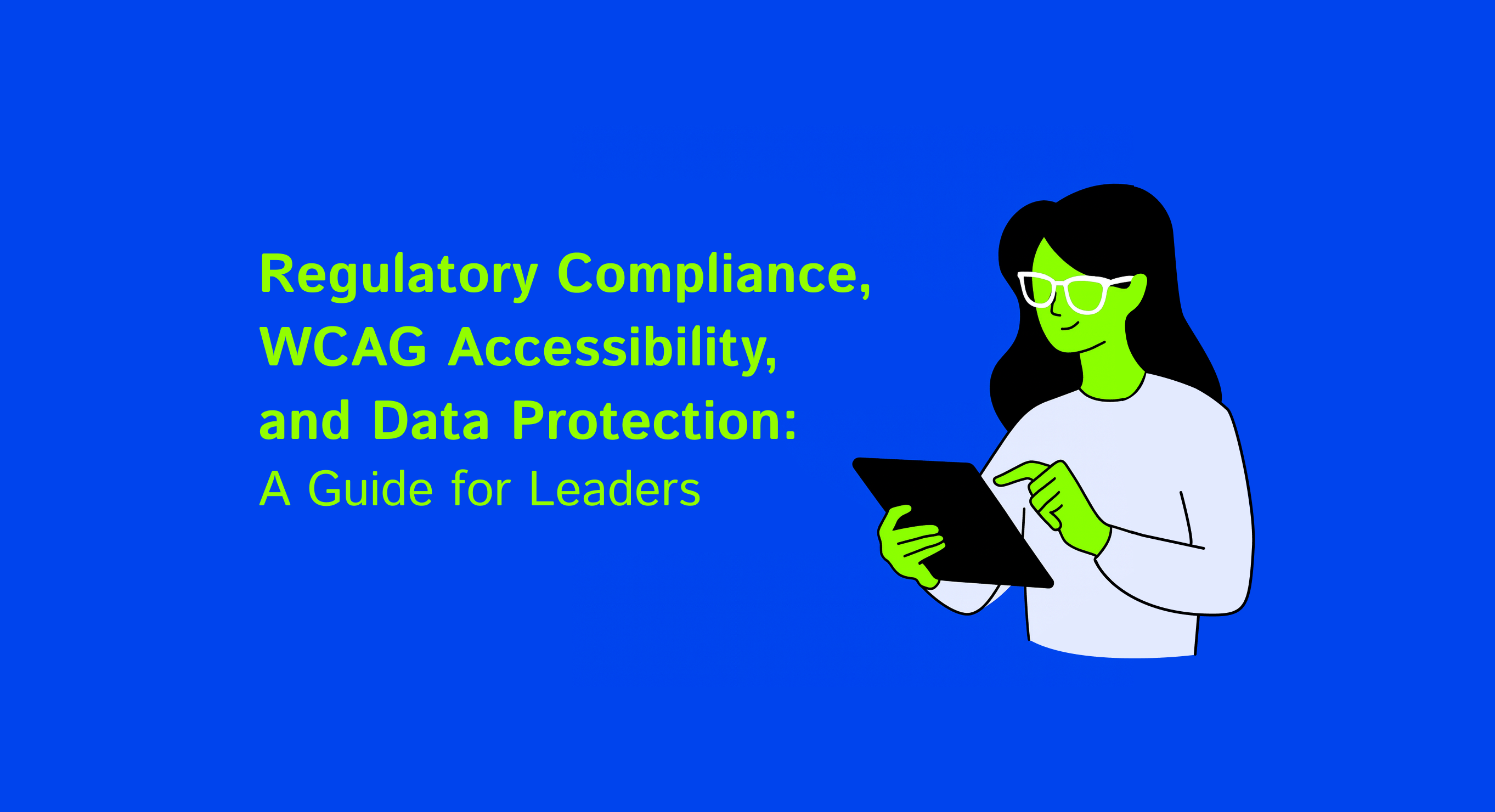
The Significance of Accessibility Audits in Web Development
Accessibility audits are systematic evaluations of a website's design, content, and functionalities to address barriers that may hinder accessibility.
In the ever-evolving landscape of web development, ensuring accessibility is paramount. This article delves into the significance of accessibility audits and why they play a crucial role in creating an inclusive and user-friendly online environment.
Understanding Web Accessibility
Web accessibility involves designing and developing websites to ensure that people with disabilities can perceive, navigate, and interact with the content effectively. This extends beyond visual impairments to include considerations for motor, cognitive, and auditory impairments.
Why Accessibility Audits Matter
Accessibility audits are systematic evaluations of a website’s design, content, and functionalities to identify and address barriers that may hinder accessibility. The importance of these audits lies in their ability to:
-
Ensure Compliance: Accessibility audits help websites adhere to established accessibility standards and regulations, such as the Web Content Accessibility Guidelines (WCAG), ensuring legal compliance and avoiding potential lawsuits.
-
Enhance User Experience: Improving accessibility leads to a better user experience for everyone, not just those with disabilities. Websites that are accessible are more user-friendly and can be navigated by a broader audience.
-
Boost Reputation: Demonstrating a commitment to inclusivity and accessibility positively influences a brand’s reputation. Users appreciate websites that prioritize accessibility, contributing to a positive public image.
Key Components of Accessibility Audits
Accessibility audits encompass various aspects, including:
-
Semantic HTML: Ensuring proper use of HTML tags to provide meaningful structure and context to content.
-
Alternative Text for Images: Adding descriptive alternative text to images to make visual content accessible to screen readers.
-
Keyboard Navigation: Verifying that all functionalities can be accessed and operated using a keyboard, benefiting users with motor impairments.
-
Color Contrast: Checking color combinations to guarantee sufficient contrast for users with visual impairments.
-
Accessible Forms: Reviewing forms to ensure they are easy to understand and complete, catering to users with cognitive impairments.
Conclusion
In conclusion, accessibility audits are not just a best practice; they are a necessity in modern web development. By conducting thorough audits and implementing necessary changes, websites can embrace inclusivity, improve user experience, and establish a positive online presence. It’s time to prioritize accessibility for a web that welcomes all.
Make your website accessible today and contribute to a more inclusive online environment!
Latest Articles
Invest in growth
Strategic decisions not only drive success and innovation within your organization but also ensure a dynamic environment where every team member can thrive.
* We will not share your data with anyone.




















